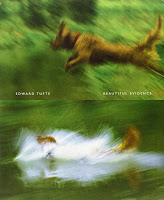Ahumada Gallardo, Norman
2006
Hualpén, Chile, Ediciones Universidad del Bío Bio. 136 p.
Resumen: Según el autor, “la retórica verbal, que tiene casi dos mil quinientos años como objeto de estudio, debe ceder un espacio a la retórica visual”. Este libro se presenta como una suerte de traducción de una retórica verbal a una retórica visual a través de las llamadas “figuras” de un catálogo que tiene como objetivo servir de estudio e inspiración para profesionales y estudiantes de carreras tales como diseño gráfico, publicidad, periodismo y, en general, a todos quienes trabajen con la imagen como herramienta principal de comunicación.










